Silk is one of the best examples of transition in evolution. One day the caterpillar stops its ordinary instinctive desire to feast on the leaves, hangs upside down from a twig, and magically forms a cocoon. The butterfly flies into its new way of life in the sky and leaves us a precious material called silk.
The Art of Termeh Weaving
Termeh is the next step in this exciting game of evolutionary transition. Persian grandmasters use sorcery, magic, and skills to create a delicate fabric called Termeh out of silk, cotton, and wool.
Table of Contents
The Historical Roots of Termeh
Yazd and Isfahan: The Heart of Termeh Production
Yazd and Isfahan are the main cities famous for their efforts to make Termeh famous worldwide. The history of Termeh is connected to the Silk Road. Merchants brought silk to Iran through this road when Iranian ingenuity used this opportunity to introduce a masterpiece like Termeh to the world.
Termeh’s Journey to India
One of the main destinations that was amazed by Termeh was India. Iranian and Indian cultures are similar and have a lot in common. People of India also played a huge role in the ongoing progression of Termeh, especially with their usage of vibrant colors, and unique designs.
Traditional and Modern Usage of Termeh
Termeh used to be one of the iconic elements and signs of wealth, power, and social class. It was only available for aristocratic families, and the upper class would use Termeh in curtains, clothing, and even Sajjadeh or Islamic praying rugs. People also used Termeh as an essential part of a dowry to provide economic support for young couples. Silk was also a sign of the bourgeoisie worldwide as the term “silk-stocking” in English is evidence supporting this argument.
Modern-Day Applications
These days, Termeh can be found in different price ranges, for everyone to use, although its status has changed, and people use Termeh in their daily life. They use it as cushions, tablecloths, furniture covers, handbags, and even shoes. The dowry tradition is still alive, and young brides (especially in Yazd and Isfahan) take expensive pieces of Termeh to their future house of love.
Why Is Termeh So Valuable?
The simple fact that Termeh is a handwoven cloth made of fabrics (especially silk) that are so hard to work with makes the production time-consuming, hard to master, and difficult in general.
Silk is an expensive material, the colors used in high-quality Termeh are usually natural, and therefore more valuable, and the number of masters working on high-quality handwoven Termeh, is very limited.
The Intricate Designs of Termeh
The process of making Termeh is very similar to rugs. First, you need a simple design on white paper; then the designer determines different colors for each part. Nowadays, some people even use computers to ease the process of designing.
Natural Dyes and Color Creation
Masters create colors of Termeh using the endless features of nature. The rose madder, saffron flower, tea leaves, and the skin of walnut, pomegranate, and apple trees are the most common natural dyers used in Termeh.
The Symbolism of the Paisley Design
A particular design called paisley, in the shape of a bending cypress, is seen in almost every Termeh. The design shows the specific role of the cypress in Persian culture and the fact that the cypress is famous for being the symbol of modesty.
Where Can You Buy the Best Termeh?
Yazd and Isfahan are the main candidates when it comes to the origin city of Termeh fabric, and both have many masters and workshops, practicing this splendid art. The grand Bazaars in both cities provide high-quality handwoven Termeh; you can wander around these historical landmarks and compare different types of your desired fabric.
How to Identify a Valuable Termeh From a Cheap One.
In general, the number of colors used in Termeh, and the density of threads determine how valuable it is. More colors and more density means higher quality and therefore, more expensive. The silk percentage, unique patterns, and famous brands are also crucial elements in value identification. I recommend asking an expert if you want to buy Termeh, and you can find them in the historical bazaars of Isfahan and Yazd.
How to Care for Your Termeh
Keep Termeh in dry and dark places. Silk is highly sensitive to light and could be affected massively, resulting in discolored and faded areas. The moth is another danger that you have to keep an eye on; you can use many moth repellents such as cedar, rosemary, thyme, cloves, lavender, or bay leaves. Termeh should not be washed, and the only way to clean them is to dry clean them.
Sustainable Practices
Sustainability is becoming increasingly important in Termeh production. Artisans are adopting eco-friendly practices, such as using natural dyes and organic materials. These sustainable practices not only protect the environment but also enhance the authenticity and quality of Termeh, appealing to conscientious consumers worldwide.
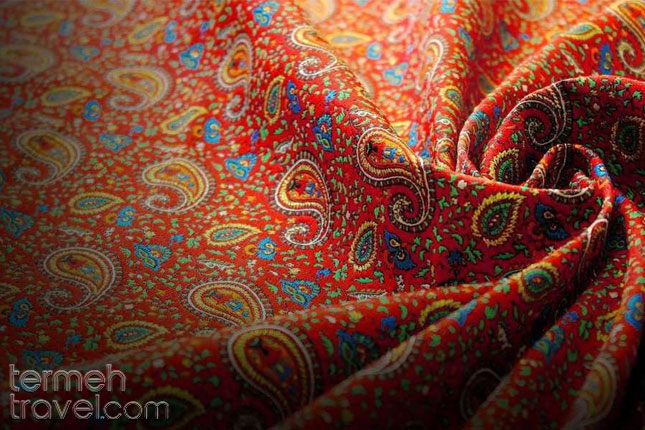
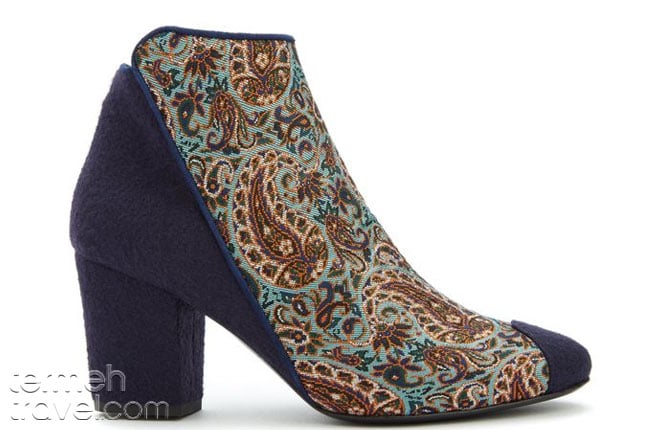
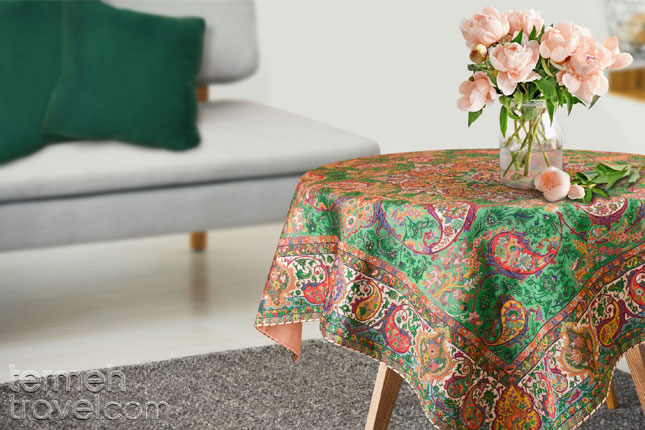
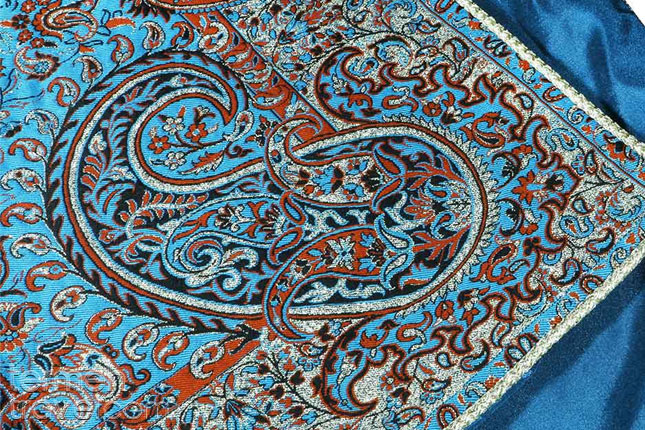
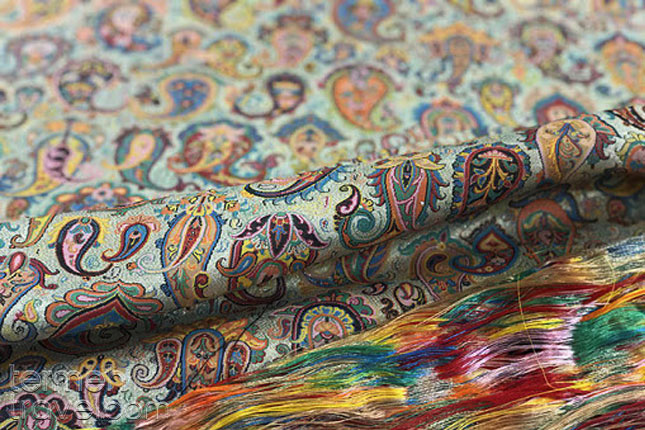
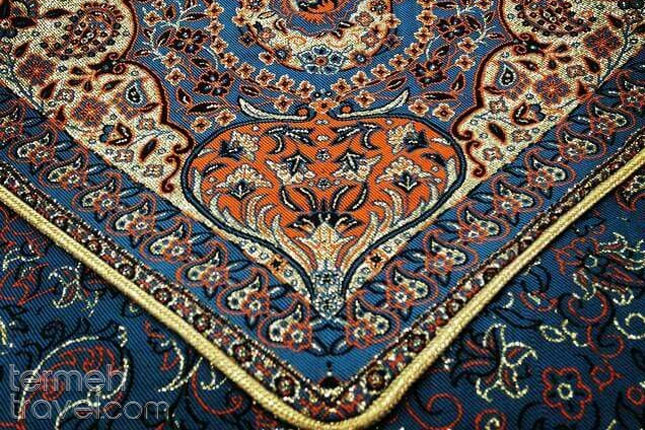






So that’s why your site is named Termeh,
now I get it :)))
Yes exactly!